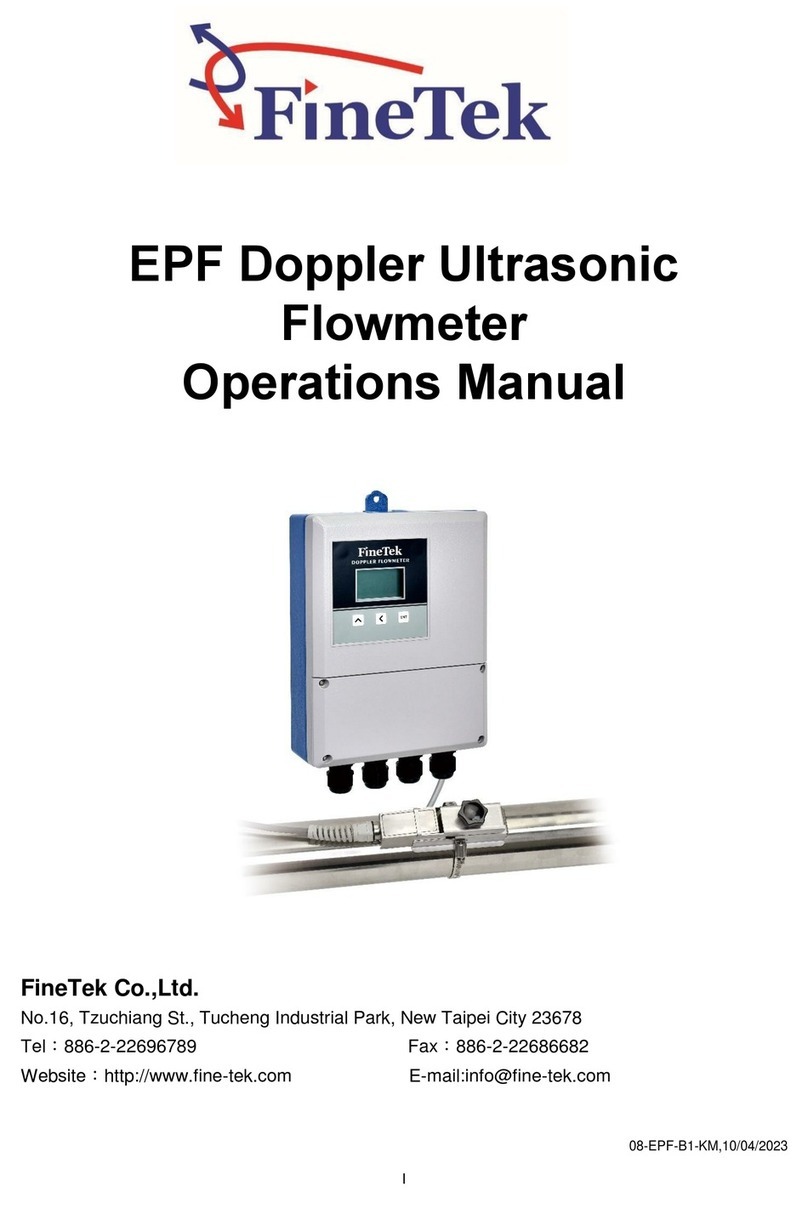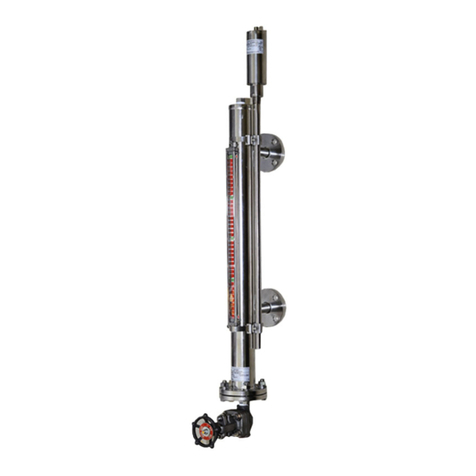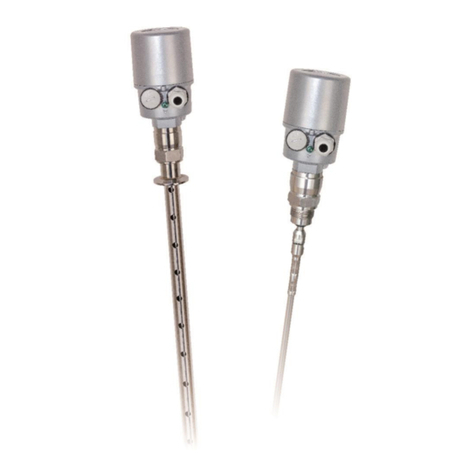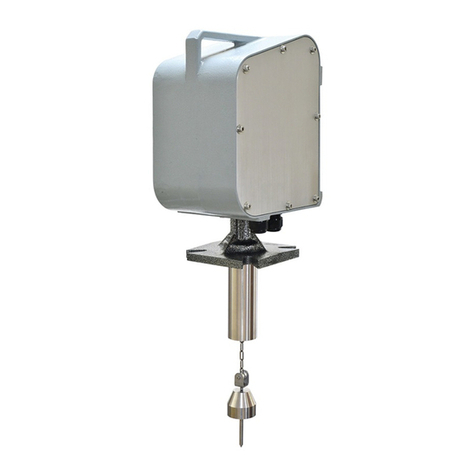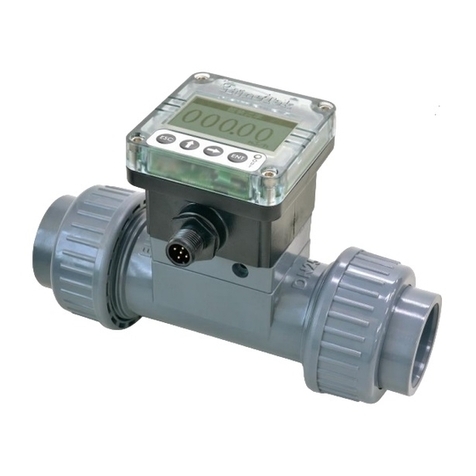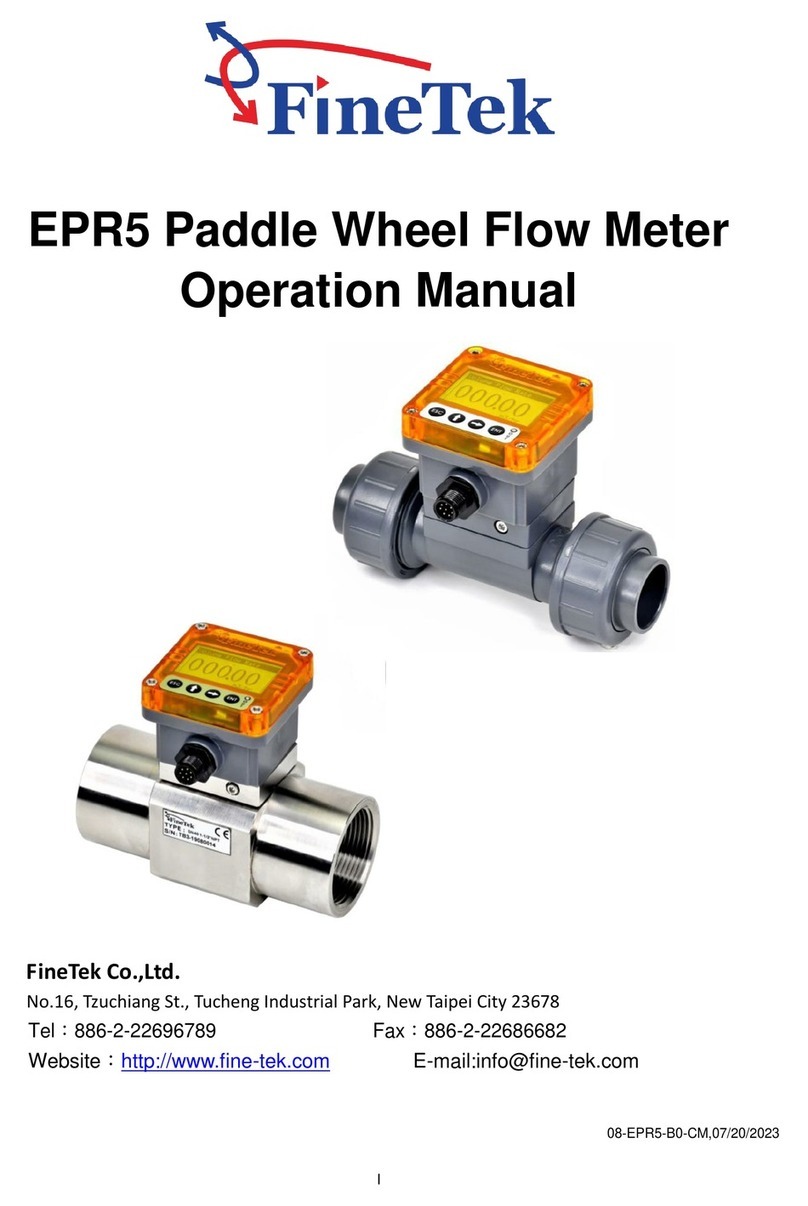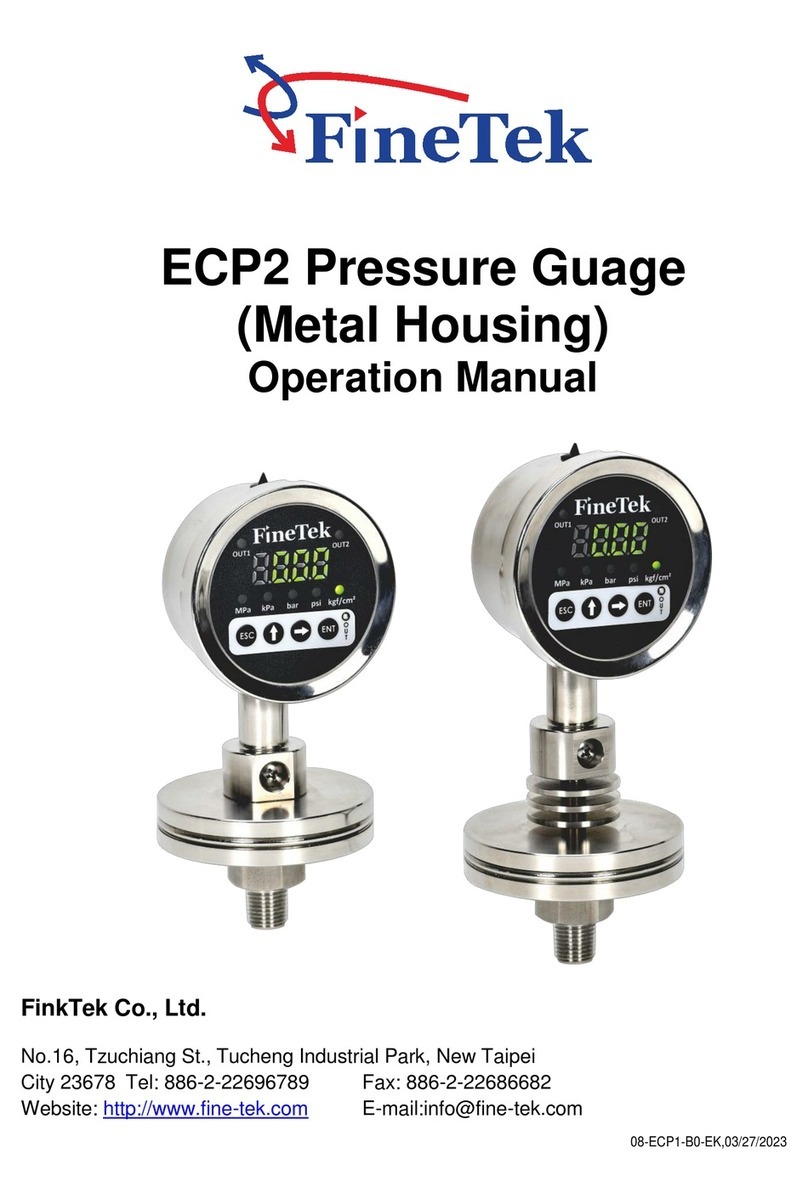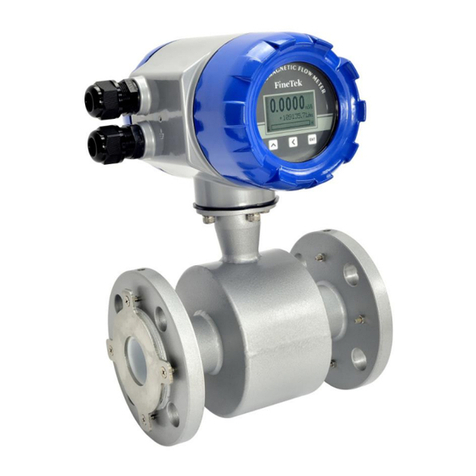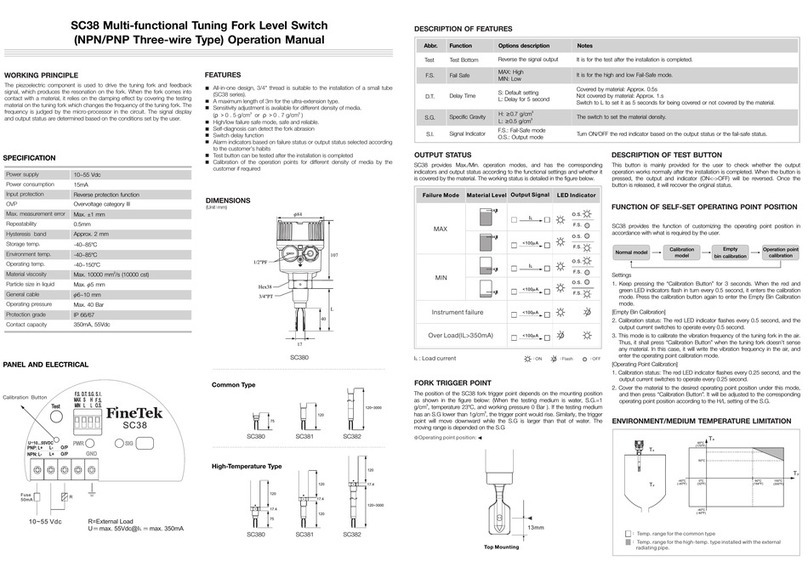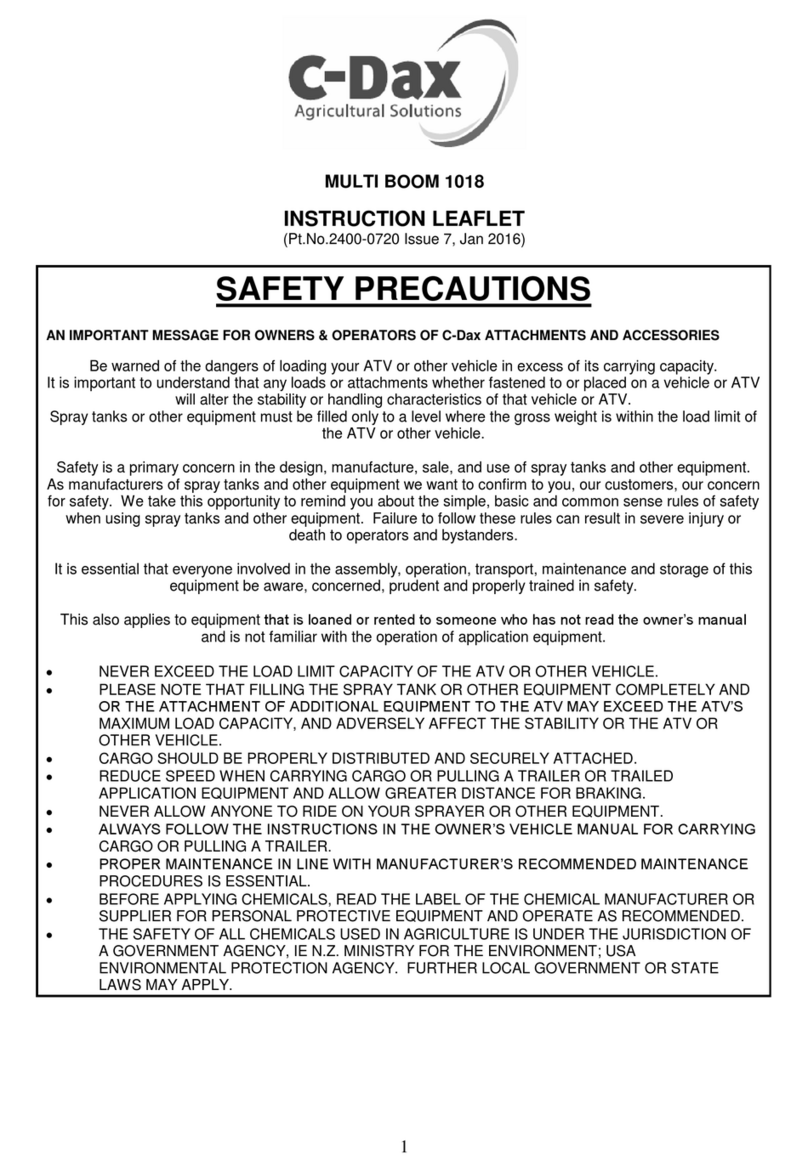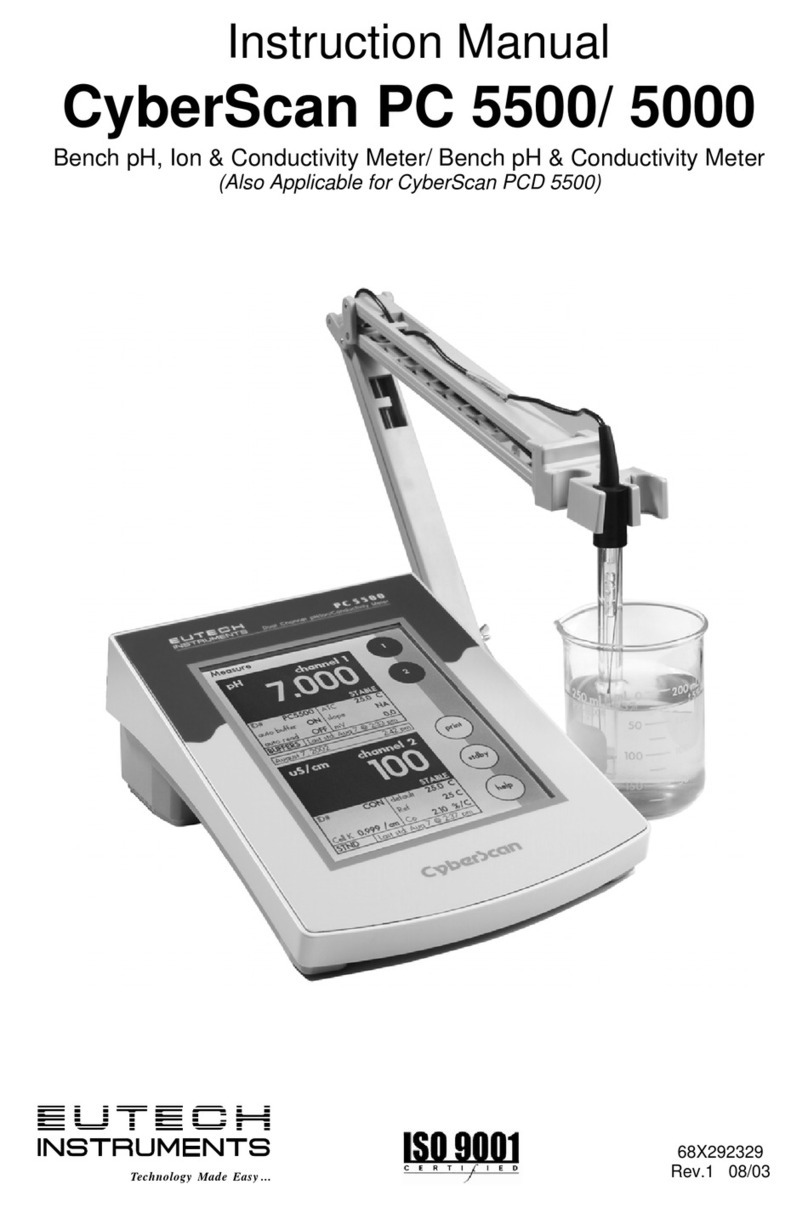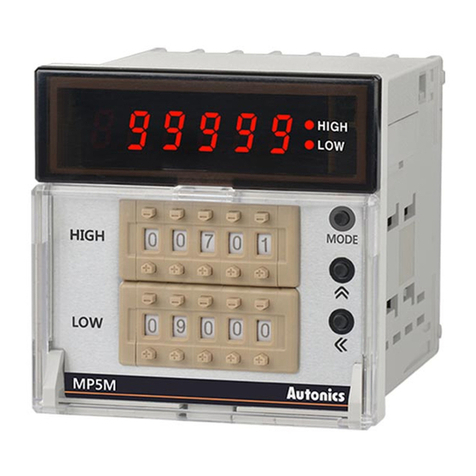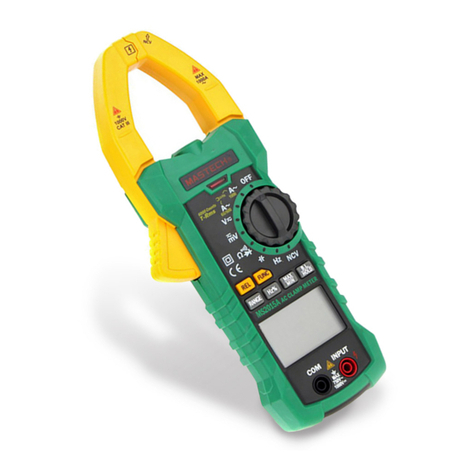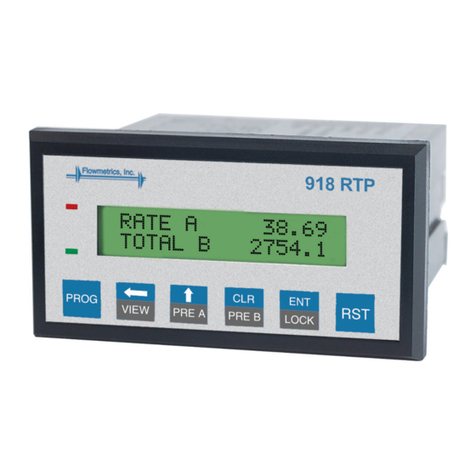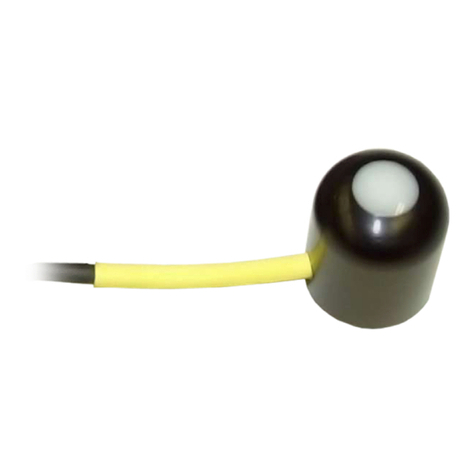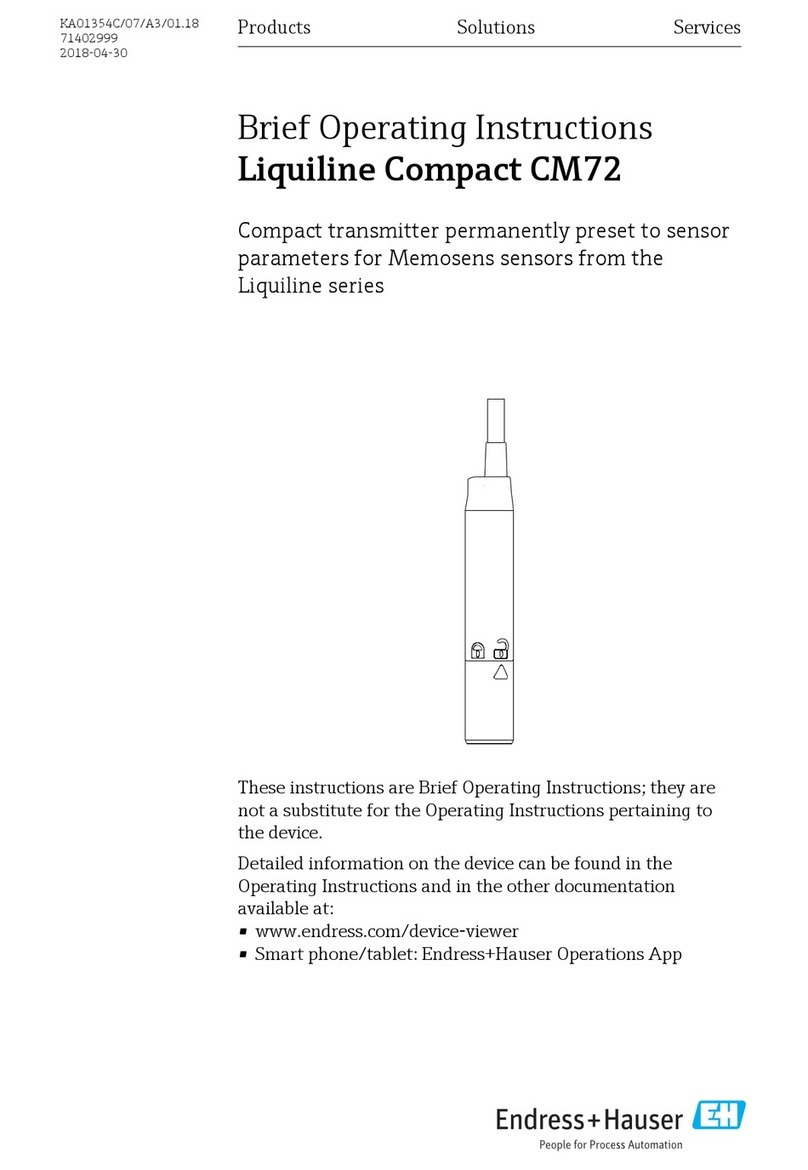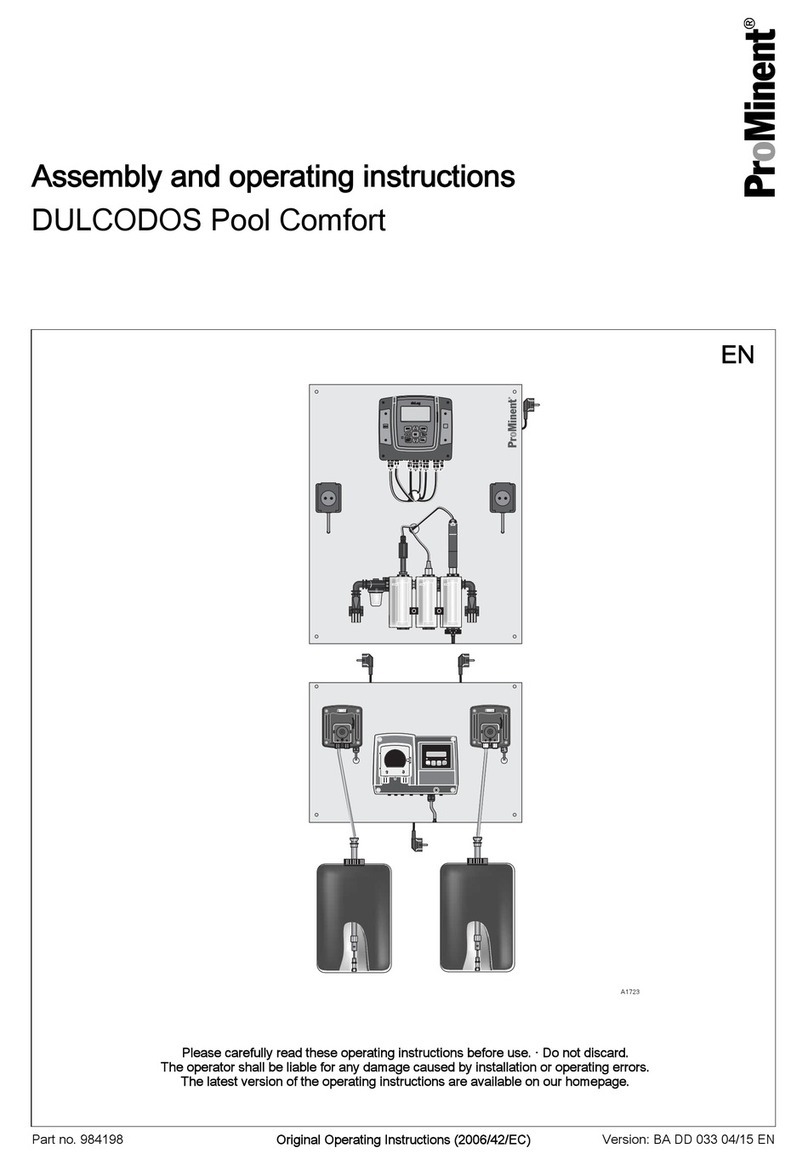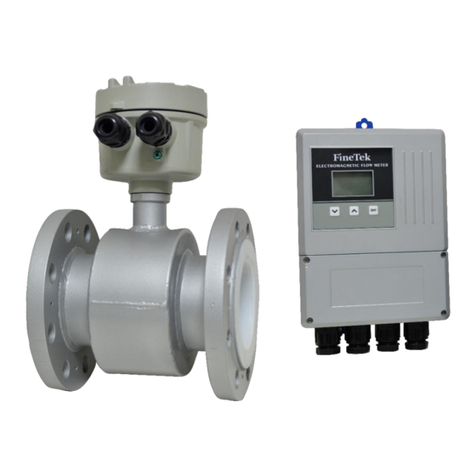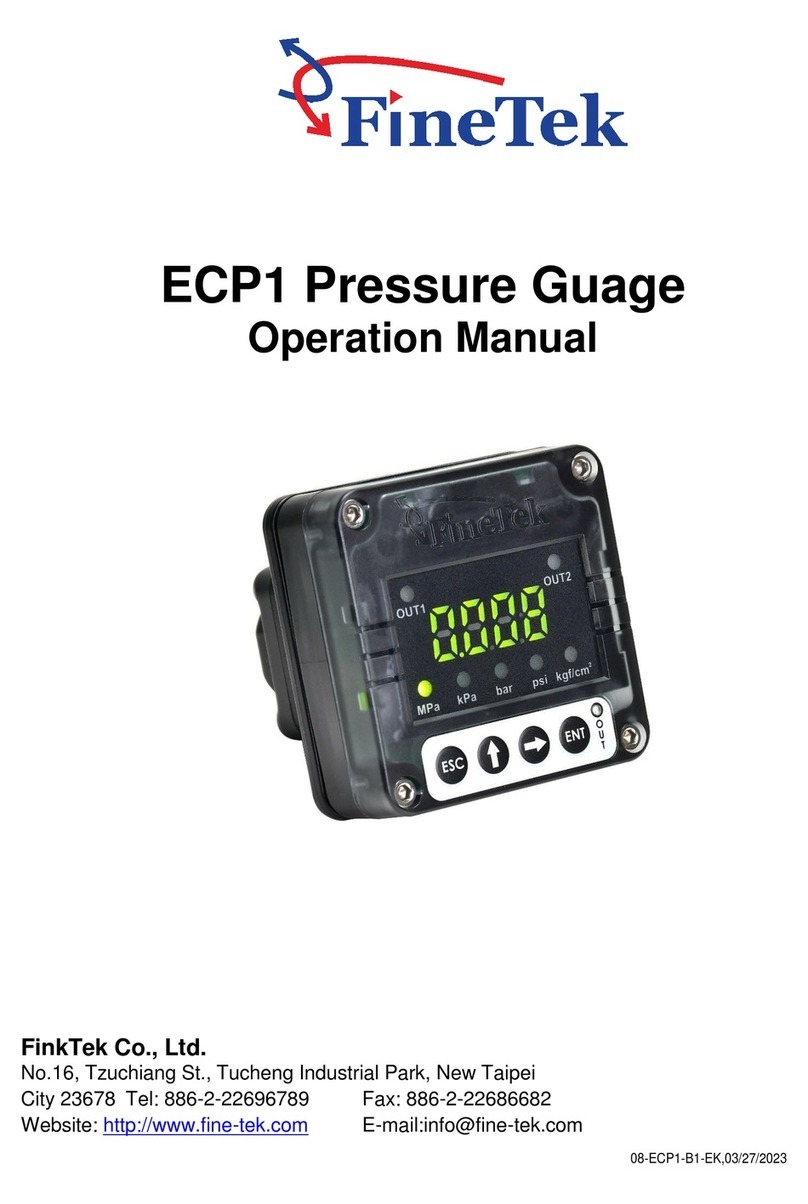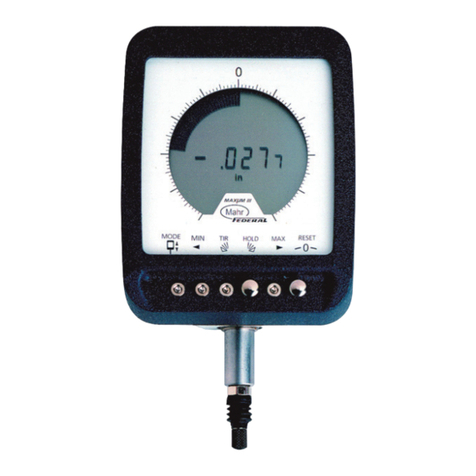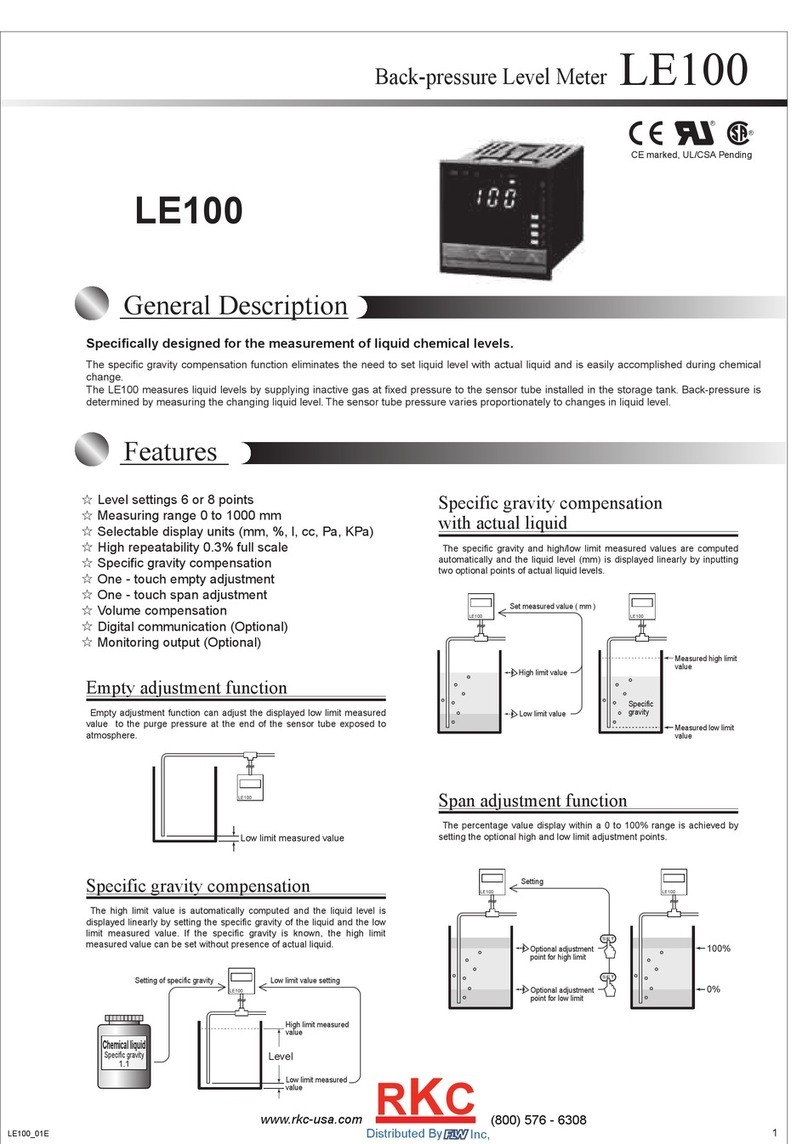
Contents
1. Reading Labels......................................................................................................1
2. Product Warranty...................................................................................................2
2.1 New Product Warranty..........................................................................................2
2.2 Repair Warranty....................................................................................................2
2.3 Service Network....................................................................................................3
3. Product Inspection ................................................................................................4
3.1 Check Content ......................................................................................................4
3.2 Safety Inspection...................................................................................................4
4. Summary………………………………………………………………………………… 4
5. Product Features...................................................................................................5
6. Applicable Scope...................................................................................................5
7. Environmental Condition......................................................................................5
8. Working Principles ................................................................................................6
9. Technical Performance .........................................................................................7
9.1 Execution Standards.............................................................................................7
9.2 Basic Parameters and Performance Indicators.....................................................7
9.2.2 Recommended Flow Range for Tube Diameters..............................................8
9.2.3 Lining Material...................................................................................................8
9.2.4 Electrode Material.............................................................................................8
9.2.5 Housing Protection Rating(IP)...........................................................................8
10. Appearance and Dimension...............................................................................9
10.1 Tri-Clmp Type .....................................................................................................9
10.1.1 Tri-Clamp .........................................................................................................9
11. Installation…………………………………………………………………………….. 10
11.1 Conditions required to guarantee the measurement accuracy of the
electromagnetic flow meter: ............................................................................10
11.2 Safety Measures...............................................................................................10
11.3 Inspection before Installation ............................................................................10
11.4 Handling............................................................................................................11
11.5 Correct Installation............................................................................................11
11.6 Notes for Installation on the Pipe .....................................................................13
11.7 Grounding Requirements..................................................................................14
11.8 Changing the Direction of the Transmitter Box ................................................14
12. Wiring and Using ..............................................................................................15
12.1 Wiring................................................................................................................15
12.1.1 Notes for Wiring ............................................................................................15
12.1.2 Open the external cover on the rear side, you will see the wiring terminal as
shown below. .....................................................................................................15



















